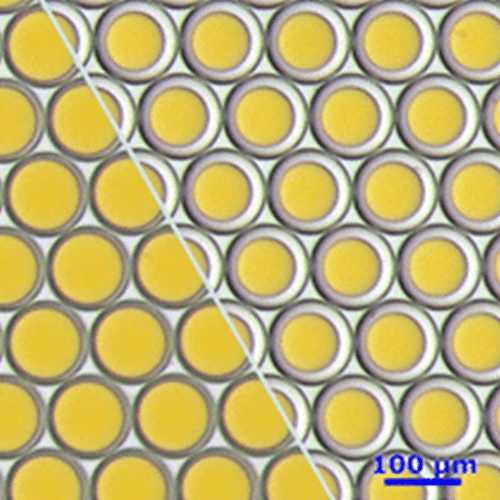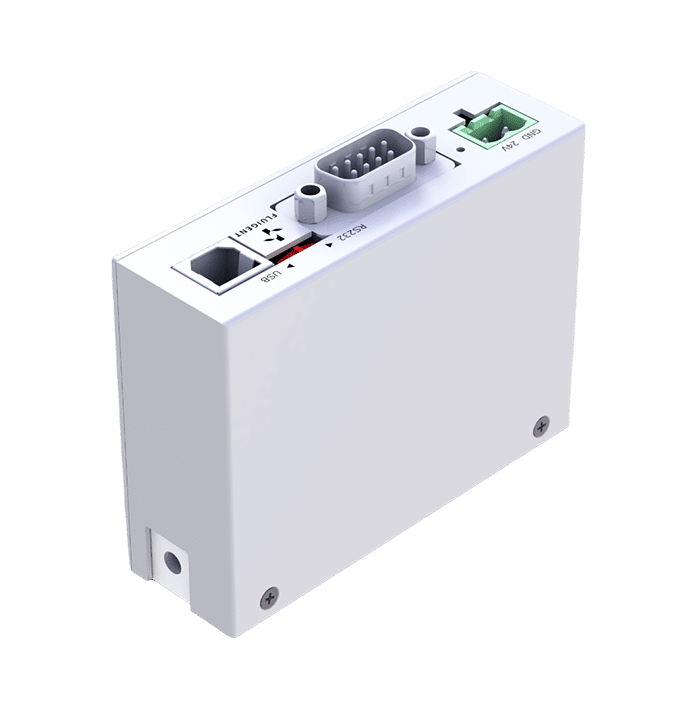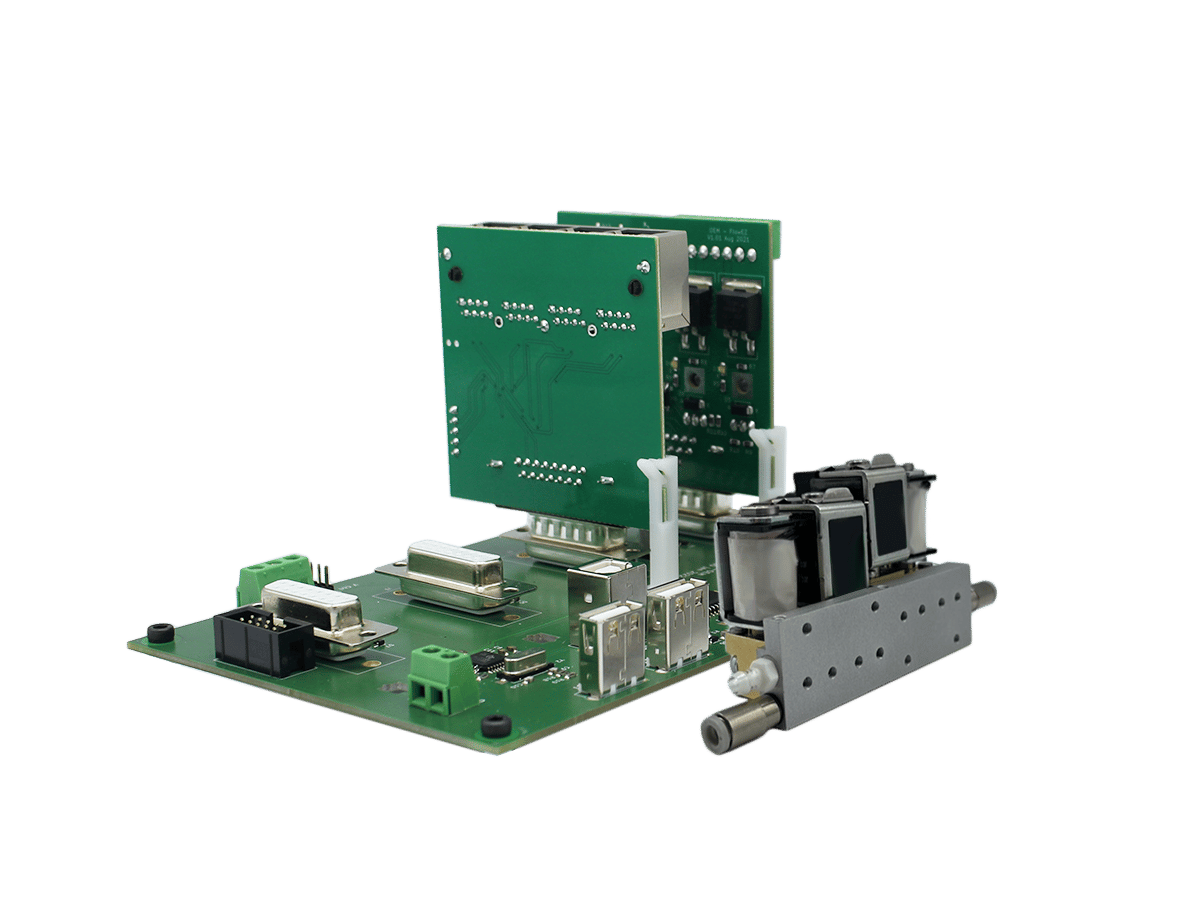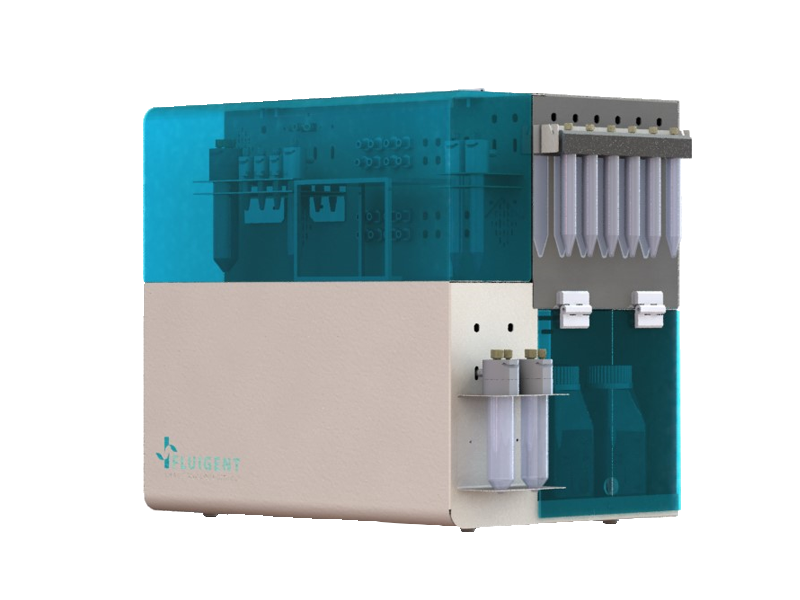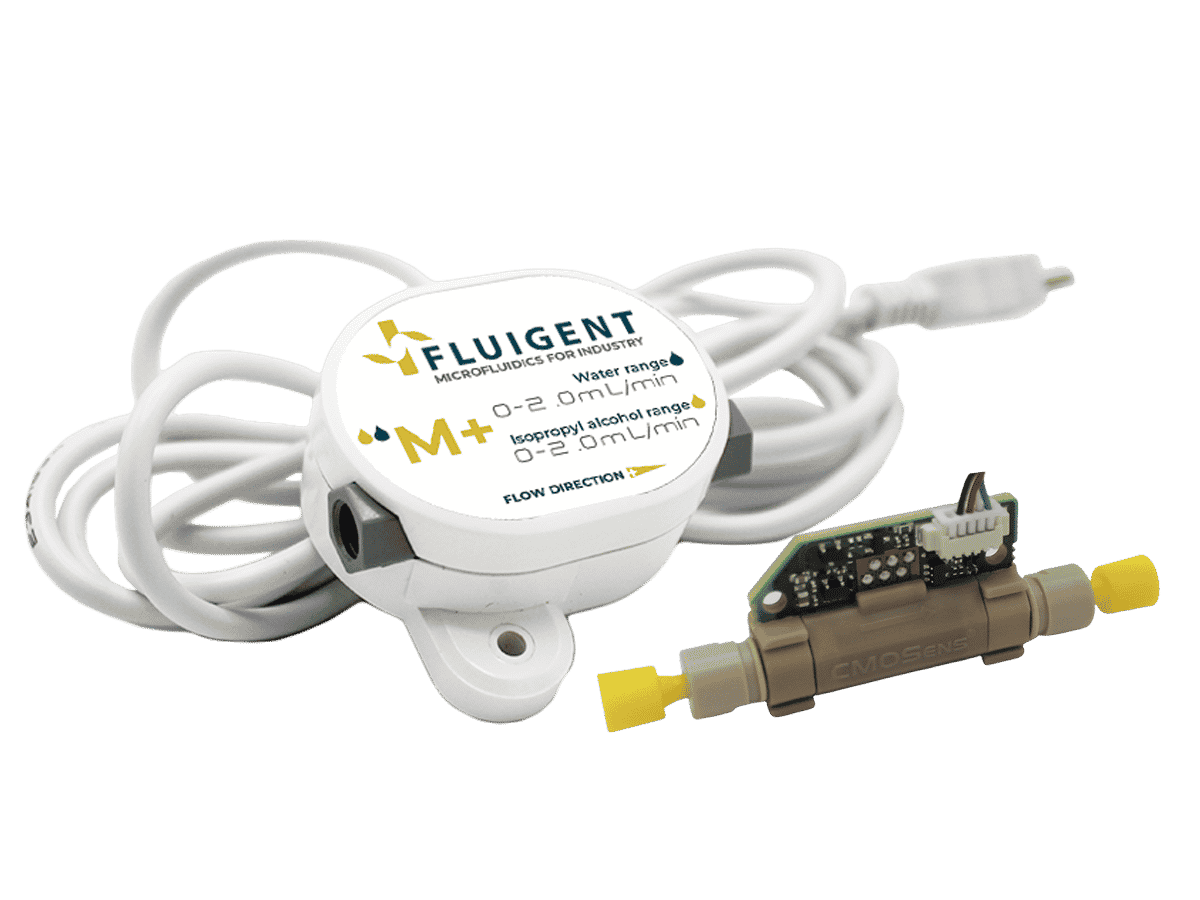Microfluidics in Cosmetics
Microfluidics in cosmetics offers new insights for the development of innovative products through the ability to control and monitor emulsion production with droplet microfluidics.
Offering totally new visual and sensorial experiences.
Advantages of Microfluidics in cosmetics
With Microfluidic Droplet Generation, cosmetics companies can offer high-quality product customization. More specifically, emulsions can use surfactants to mix and homogenize multiple immiscible oils with high accuracy and reproducibility, opening new and unprecedented product development possibilities. In addition, microfluidics technology is used in cosmetics research laboratories to study how formulations interact with the skin and skin capillaries at the micrometer level, while also enabling researchers to reduce or eliminate animal experiments in cosmetics through the use of microfluidic chips. Formulation development time is shortened through the use of microfluidic systems to rapidly develop new formulations and test them in high-throughput screening, significantly reducing the time required to bring new products to market. Microfluidics also make it possible to operate with very small volumes of materials, reducing waste and minimizing the costs associated with raw materials.
Advantages of droplet-based microfluidics for the cosmetics industry
Droplet-based microfluidics offer significant benefits to the cosmetics industry. With reagents encapsulated in highly monodispersed droplets at the millimeter scale, active ingredients can be preserved and protected from the environment up until the moment of application. Different types of emulsions can be generated for the needs of the individual product, each with different purposes. Droplets do not burst until they are applied directly to the skin, providing a visual and sensory experience along with improved product efficacy and better moisturization or drug absorption.
Unmatched droplet homogeneity
In cosmetics, microfluidics offer high control over an immense range of parameters, including droplet size, formulation, and aesthetics (colors, pigments), while also providing unmatched consistency compared to traditional batch methods. Manufacturers can develop custom products with visual and sensory feels specific to their brand – a must in the cosmetics industry. The ability to precisely monitor droplet size allows for direct control of drug loading capacity and product functionality. Microfluidic systems can be scaled up or down and automated with a high degree of reproducibility to meet specific production needs, making them adaptable to both small-scale laboratory research and large-scale manufacturing.
Related applications
Advantages of emulsions for the cosmetics industry
- Fine control over parameters like droplet size & shape
- High homogeneity
- Lower droplet size dispersion (CV: less than 2%)
- Scale-up capabilities
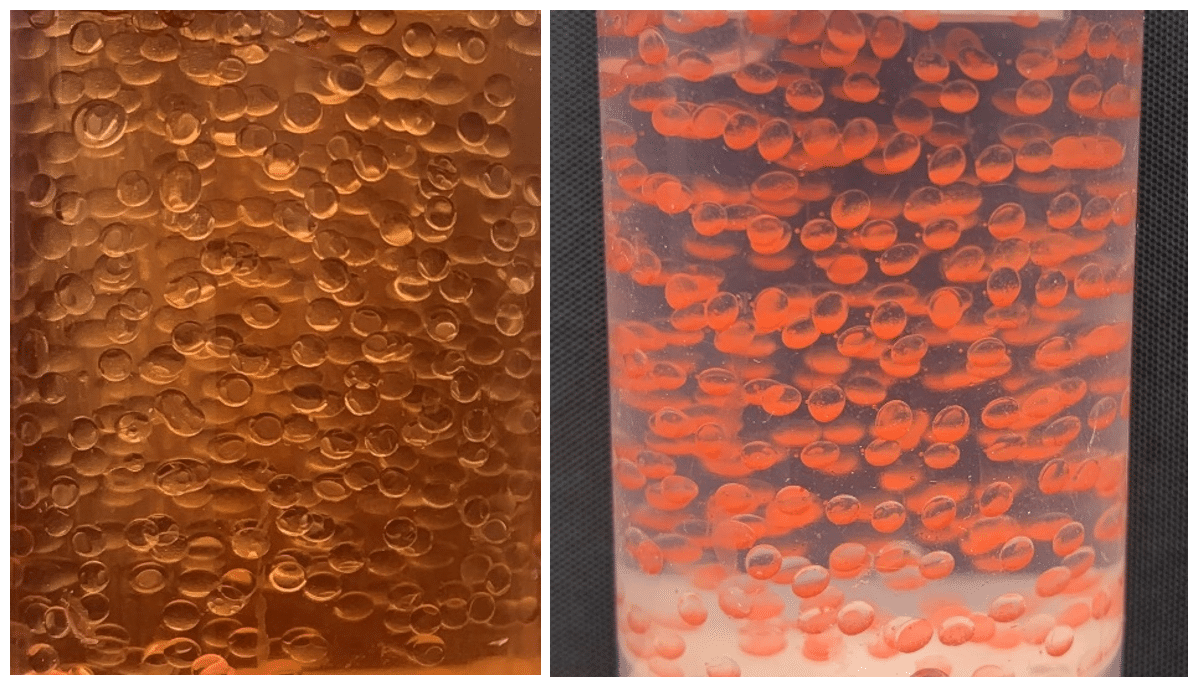
Related products
Research field
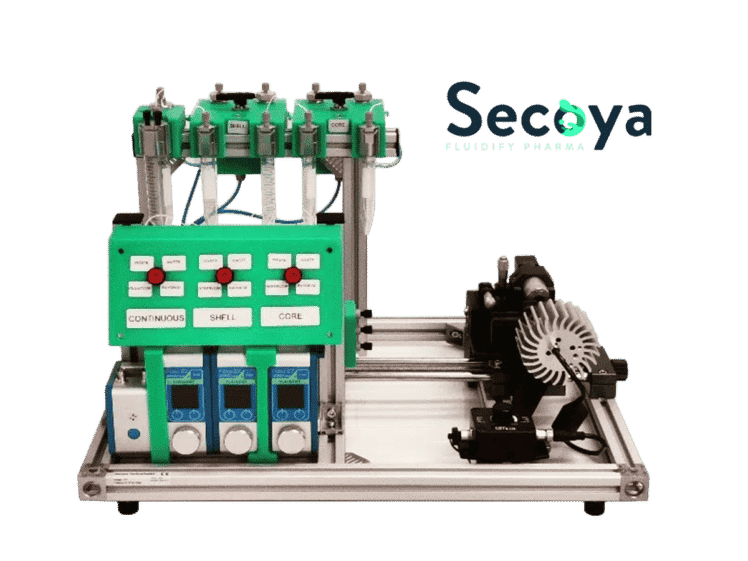
Encapsulation Platform for FACS
Platform for cell encapsulation in DE droplets
See the offer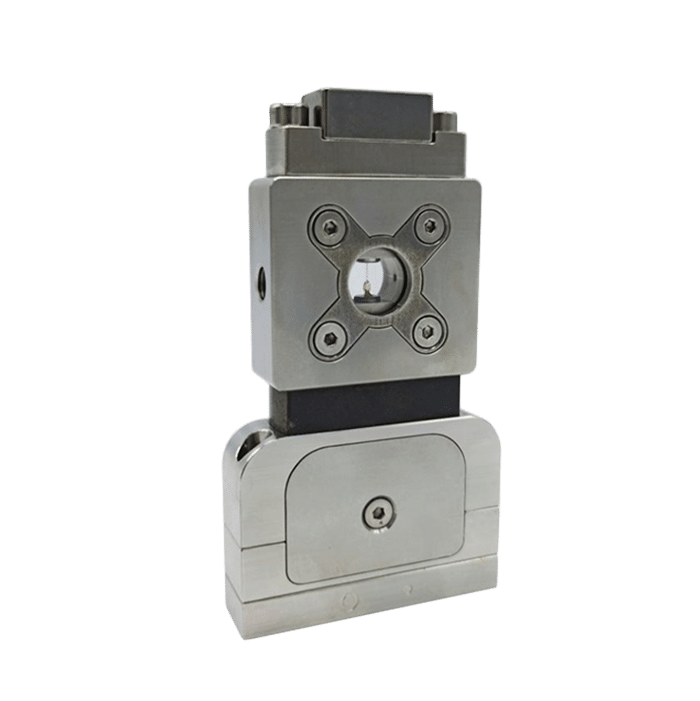
Microfluidic Double Emulsion Device
RayDrop Double Emulsion
See the offer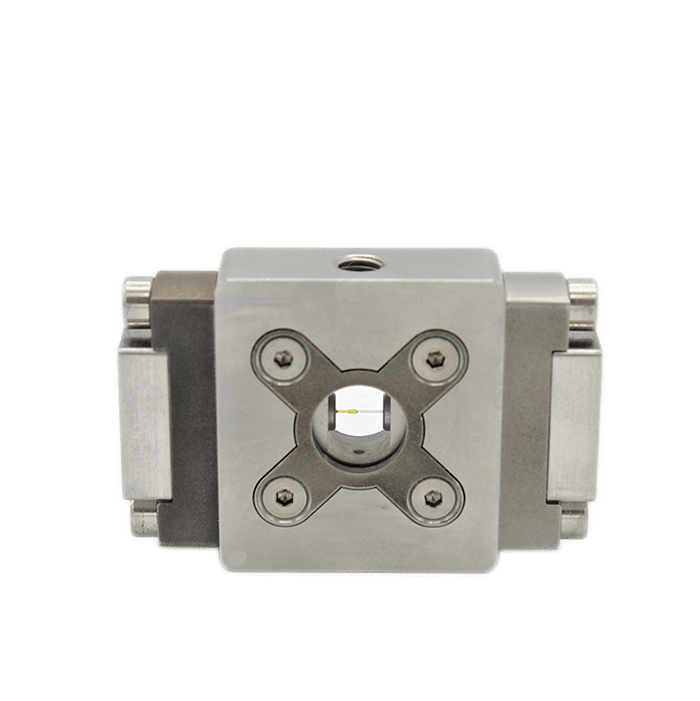
Microfluidic Single Emulsion Device
RayDrop Single Emulsion
See the offer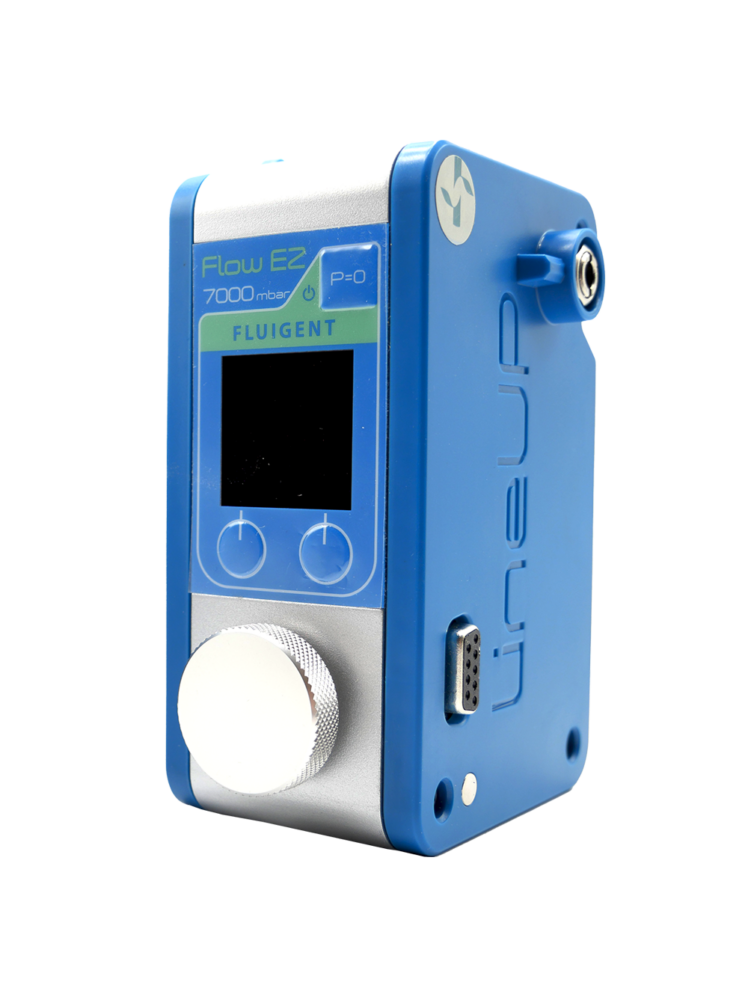
Microfluidic flow controller
Flow EZ™
See the offer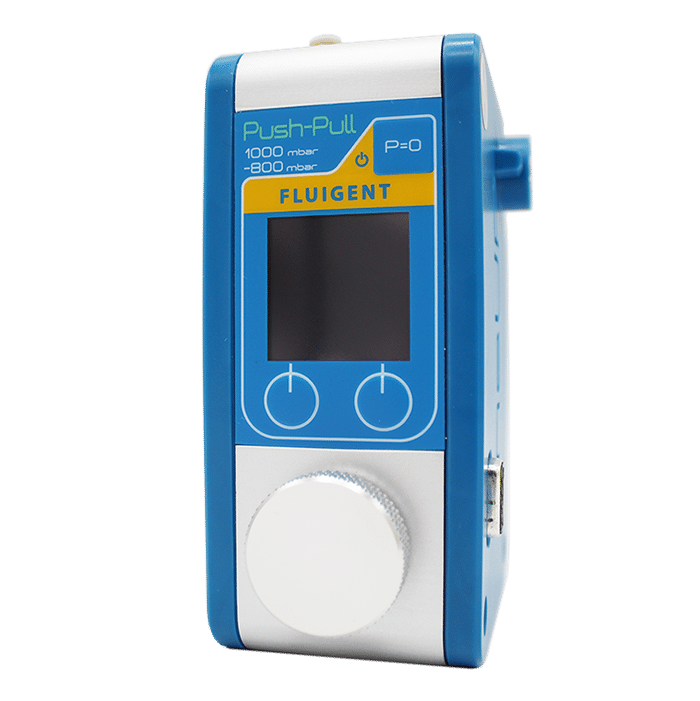
Microfluidic Push Pull controller
Regulate negative and positive pressure
See the offer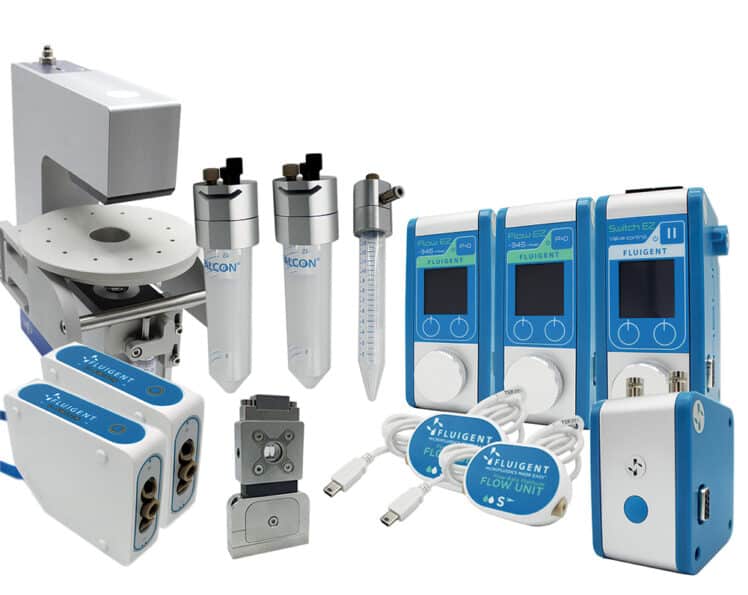
Double Emulsion Generation Pack
Double Emulsion Generation Pack
See the offer
Microfluidic Complex Emulsion Production Platform
Platform for emulsions & droplets
See the offer
Industrial field
Expertise & resources
- Expert Reviews: Basics of Microfluidics
Flow control for droplet generation using syringe pumps and pressure-based flow controllers
Read more - Support & Tools
Droplet Size Calculator
Read more - Product presentation videos
DROPLET STARTER package – Make DROPLETS within minutes!
Read more - Expert Reviews: Basics of Microfluidics
Microfluidic Droplet Production Method
Read more - Microfluidic Application Notes
Encapsulation of multiple emulsions in a single droplet
Read more - Microfluidics White Papers
Droplet-based Microfluidics – A Complete Guide
Read more - Array
Raydrop, a universal droplet generator based on a non-embedded co-flow-focusing
Read more - Microfluidic Application Notes
Generating a water emulsion in an oil solution using a droplet generator chip
Read more - Array
Robust technology for double emulsion production and focus on microcapsule/microparticle synthesis
Read more
Looking for a new market?
From life sciences to the food industry, many applications require the use of fluids driven at flow rates ranging from nanoliters to milliliters per minute. At low flow rates like these, the success of such applications strongly depends on the level of control and automation of fluidic operations.
These applications require flow control systems designed to ensure their success.
